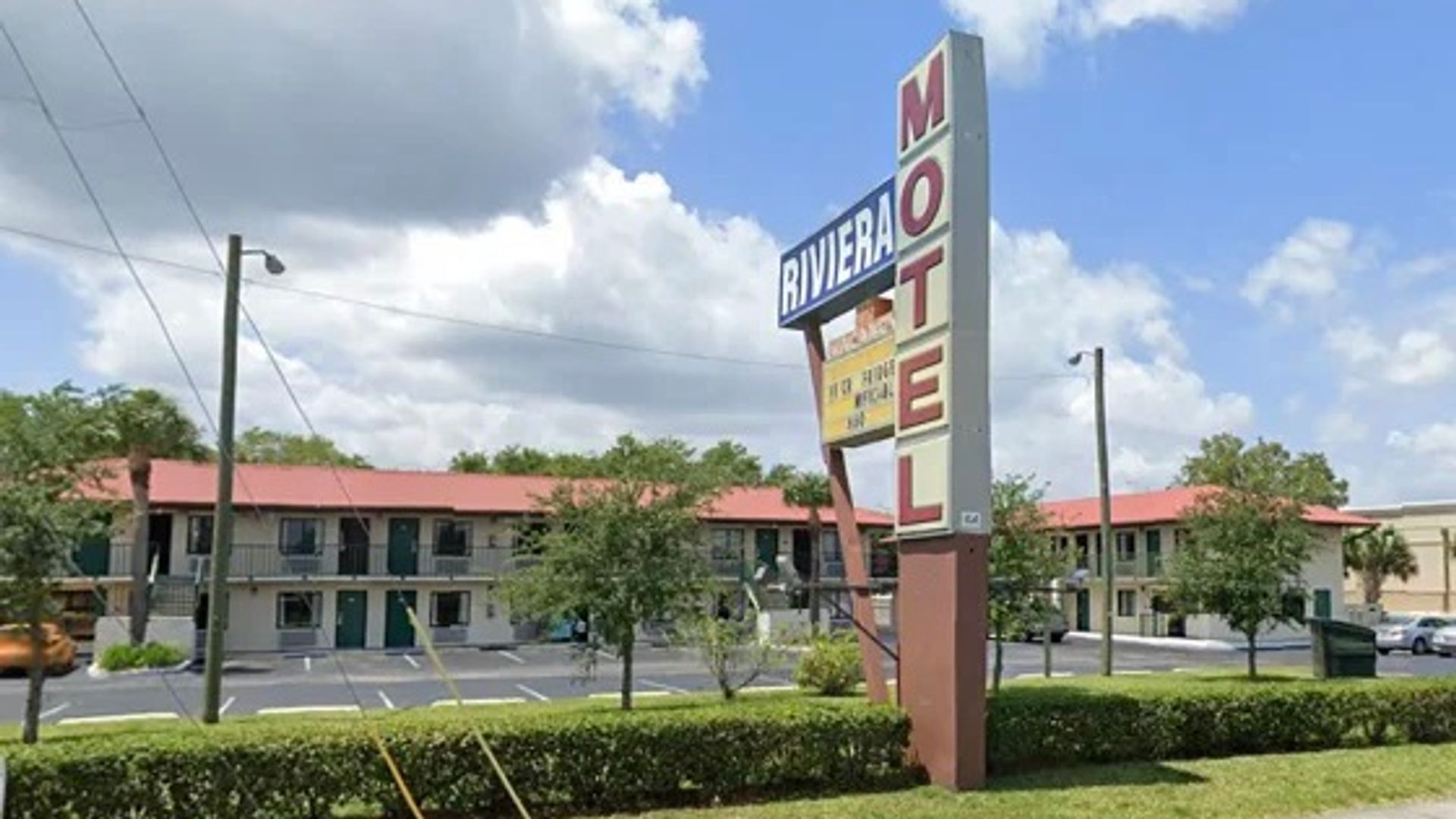
This story was originally published in July 2023.
Few would guess that an electronic potato and one of the world’s most famous frozen foods were born in Aroostook County.
But inventors in northern Maine have pioneered some ingenious ways to overcome challenges, from transportation to surviving winter.
Maine was built by laborers — farmers, loggers and millworkers come to mind. And in poorer Aroostook County, which still has the state’s fourth highest poverty level, many families didn’t have a lot of cash. When something broke or a need arose, buying new was out of reach, so they fixed or created what they needed. That frugal and determined spirit spurred folks to be inventive.
Here are just five northern Mainers who turned needs into innovations.
Roland Charette

“When you live up north, you have to be an inventor,” said Roland Charette of Fort Kent, who invented the Allagash Roof Rake, also known as the Charette Roof Rake.
Heavy snow has to be raked off a roof to keep the structure from collapsing. With a conventional rake, users maneuver the tool on top of the packed snow and pull. About 50 years ago, Charette invented his own apparatus to make the job easier.
He got the idea from a snow-covered woodpile, he said. When he was young, his family would put a tarp over the woodpile to keep the wood dry.
“Once you shake that tarp, the snow slides right off of it. And I thought, wouldn’t that be great to use on a roof?” he said.
An Allagash rake’s aluminum frame is pushed up from the bottom of the roof and slices through the snow, which then slides down a tarp attached to the rake’s head.
He never patented his invention. The process was too expensive and he didn’t want to get into big business, he said.
He still makes the rakes in his shop and sells to about 30 stores in northern Maine, as well as online where the product goes all over the United States and Canada.
Olaf P. Pierson
Every time you bite into a mouth-watering french fry at a drive-thru, you can thank Olaf P. Pierson.
Born in 1906 in Caribou, Pierson was a pilot in the U.S. Army Air Corps and later became the Portland Jetport’s first president. But it was his work with spuds that earned him fame.
While working for the H.C. Baxter & Brothers Canning Co. in Hartland, he collaborated with Birdseye to develop the first frozen french-fried potatoes. He returned to The County to help local farmers harvest and preserve their crops, and designed McCain Foods’ first french fry plant.
Alluding to some dispute about whether Pierson was the first to freeze the potato product, family members have a website devoted to their ancestor called The Truth About Frozen French Fries, on which they say he was indeed the inventor of the process.
Pierson patented the french fry process among other inventions including a steam-powered vegetable peeler, a fryer and a potato dehydrator.
Silas Taber
Wagon maker Silas Taber of Houlton patented the Taber Farm Wagon in 1903, a conveyance hauled by a team of horses that could carry 75 barrels of potatoes, according to the Aroostook County Historical and Art Museum.
Taber operated his wagon-making and blacksmith shop on Mechanic Street.
In the patent application, displayed on the museum’s website, Taber detailed the mechanics. Simply put, he used a drop axle — one in which the center bar is lowered, or dropped — and added reinforcements, including trusses and welded portions, to make the construction stronger.
The ball-bearing drop-axle put the wagon lower to the ground, said Rick Asam and Anson Taber in a Maine Memory Network article. The lower platform allowed easier loading and also made the wagon more stable when traveling.
Steve Johnson
In his 34 years with the University of Maine Cooperative Extension, crops specialist Steve Johnson worked with potato growers locally and worldwide, educating them about growth, treating diseases and pests, and storing the tubers successfully.
But it was a challenge to reduce potato bruising caused by harvesters that led to the “electronic potato.”
Potatoes can bruise as they bounce along conveyors, which affects quality and can break the skin, allowing bacteria and disease to enter the tuber. During one five-year period, serious bruising cost the industry about $4.5 million, Johnson said in an educational bulletin.
Johnson pioneered an electronic potato-sized orb that became the industry standard for calibrating harvesters. The device goes through the harvester, just like potatoes would, and records information. Growers use the data to determine how to adjust their equipment for the least bruising.
Paul Cyr
People around the world know Paul Cyr of Presque Isle for his breathtaking photographs of Aroostook County scenery and wildlife. But the longtime snowmobile racer used to explore how to improve sled speed and performance.
“I was very lucky. One in 20,000 patent applications is approved, and only one in 1,000 of those is commercially successful,” he said.
The plastic slides on the bottom of the snowmobile’s tracks endure a lot of friction-induced heat, which can melt them and hinder how the sled glides, Cyr said. He developed a non-stick insert within the slider that lubricated it and made it work better.
He used a compound of polytetrafluoroethylene, or PTFE, similar to what’s used in nonstick cookware, which is now classified as a “forever” chemical. His Hiperfax snowmobile slide was patented around 1995. Polaris tested the new slides and gave him his first large order, he said.
He no longer makes them because manufacturers now design better tracks that make them unnecessary. He divides his time between numerous photography and other projects.
It took him three years to obtain his patent, he said. The process can be daunting, but those who persevere can make it work.
“A lot of people have good ideas, and a lot of things happen because they’re there at the right time,” he said.










